Recent Articles
Popular Makes
Body Types
Mercedes-Benz Distronic Explained
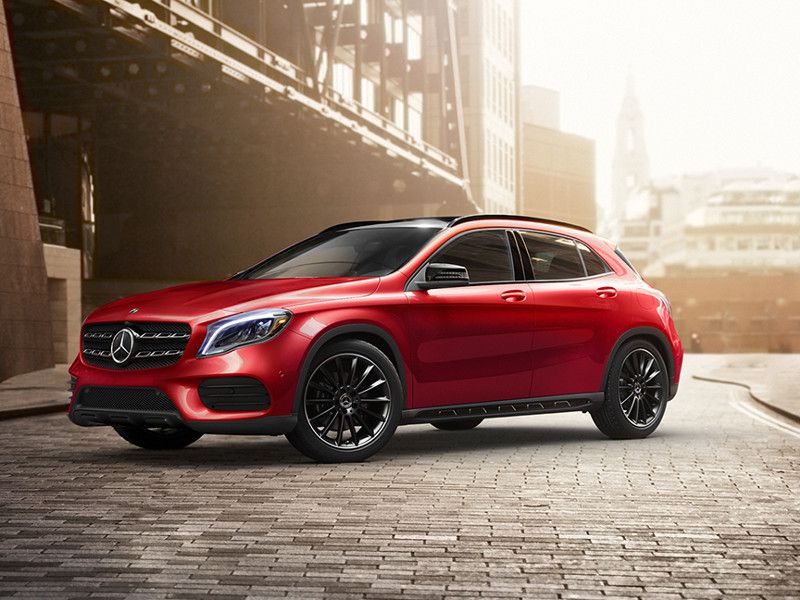
2020 Mercedes Benz GLA 250 red driving ・ Photo by Mercedes-Benz
Mercedes-Benz has been an early innovator and leader in developing advanced driver-assistance systems (ADAS). Mercedes offered the American market's first adaptive cruise control system starting in 1999. Six years later, Mercedes was also the first automaker to offer full-speed-range adaptive cruise control, which can bring a vehicle to a full stop if needed.
More broadly, ADAS technology also provides driver assistance and safety with automated steering and emergency braking. Mercedes-Benz offers some of the most sophisticated ADAS on the market, all based on the brand’s Distronic technology. Keep reading to learn more about Distronic and the full range of Mercedes-Benz advanced driver-assistance systems.
What is Distronic?
Launched in 1999, Distronic was the first adaptive cruise control system to be offered to the American market. The system uses forward-looking radar to track vehicles ahead of the Mercedes and maintain a safe following distance. Distronic is a full-speed-range system that can bring the Mercedes-Benz vehicle to a full stop if traffic ahead isn't moving.
Distronic also allows the Mercedes to assist with steering around gentle curves. Mercedes-Benz lane-centering technology keeps the vehicle in the middle of the lane around bends in the road. Newer Mercedes-Benz vehicles also add the ability to automatically obey the speed limit and to slow down to take curves and other road features such as roundabouts at appropriate speeds.
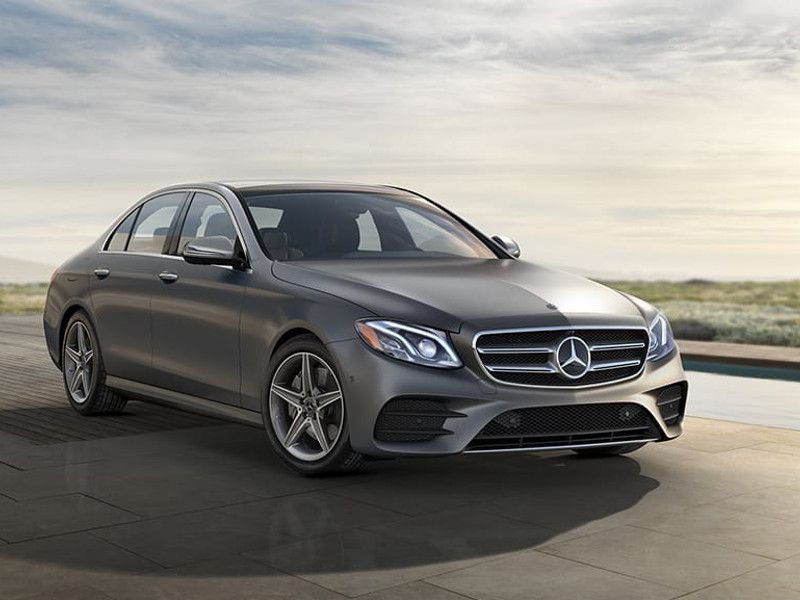
Photo by Mercedes-Benz
Distronic and Distronic Plus
Depending on the year and model, a Mercedes-Benz may have Distronic or Distronic Plus. The primary difference between the two is the ability to handle stop-and-go traffic. When using Active Distance Assist, Distronic Plus can automatically stop and then start again if traffic begins moving within three seconds. If the stop lasts longer than that, the driver must tap the accelerator pedal or press the cruise control resume button on the steering wheel to get the vehicle moving again.
Active Speed Limit Assist is a related feature. To implement this service, the Mercedes vehicle uses a camera to detect and interpret speed limit signs on your route, and matches those signs against information from the navigation system’s internal database. With Active Speed Limit Assist working, the Mercedes vehicle will adapt its cruise control speed to match the posted speed for the road.
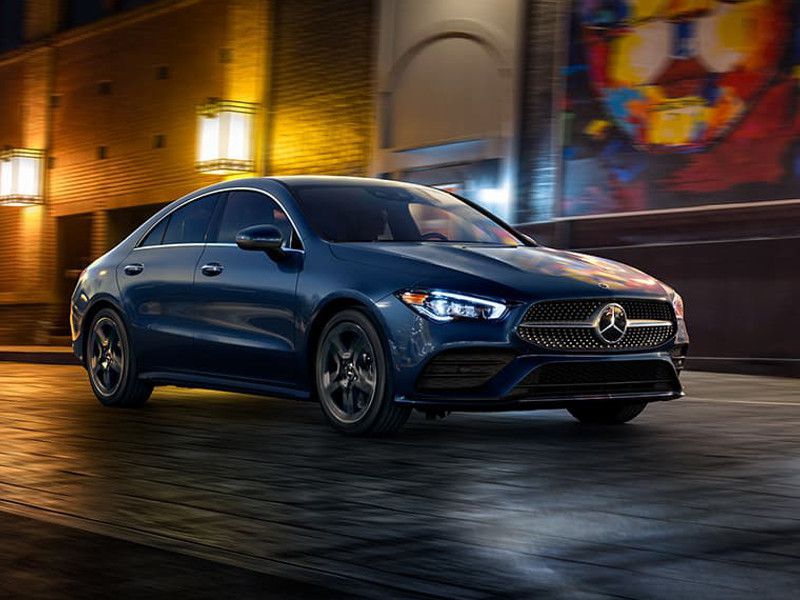
Photo by Mercedes-Benz
Route-Based Speed Adaptation
Mercedes-Benz offers GPS navigation through the COMAND infotainment system on the dashboard screen. COMAND works with the Distronic system to make driving smoother by automatically slowing down for upcoming curves and road features like roundabouts, toll booths, and highway interchanges. The reduction in speed is usually gentle, and it eliminates the feeling of approaching a corner too fast under cruise control.
For example, if the driver puts on the turn signal for a freeway offramp, the COMAND system directs the Distronic cruise control to reduce speed in anticipation of the exit. It's important to remember that while Distronic offers some steering assistance, the driver is still primarily responsible for steering through those curves and road features. The Mercedes-Benz cannot do it alone.
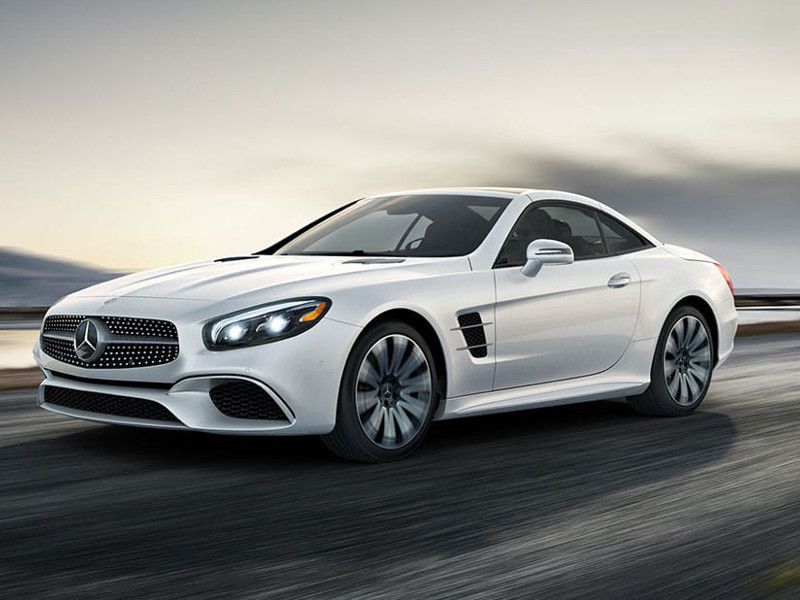
Photo by Mercedes-Benz
Active Lane Keeping Assist
Active Lane Keeping Assist is part of the Distronic steering assistance feature. The Mercedes vehicle uses its forward-looking camera and radar to identify lane markings and guardrails, then attempts to keep the vehicle centered in the lane. If the driver begins to drift towards the edge of the lane, the system vibrates the steering wheel to gain the driver's attention. If the driver does not respond, the system gently steers the vehicle back to the center of the lane.
All lane-keeping assistance systems are limited if the lane is not clearly marked. Worn lane markings, the presence of snow, and merging lanes can confuse a lane-keeping system. The driver is always responsible for the path of the vehicle, so it's necessary to keep hands on the wheel and pay attention to the road ahead. If the driver removes his or her hands from the wheel for more than a few seconds, the system reduces the cruising speed in stages until the Mercedes comes to a stop.
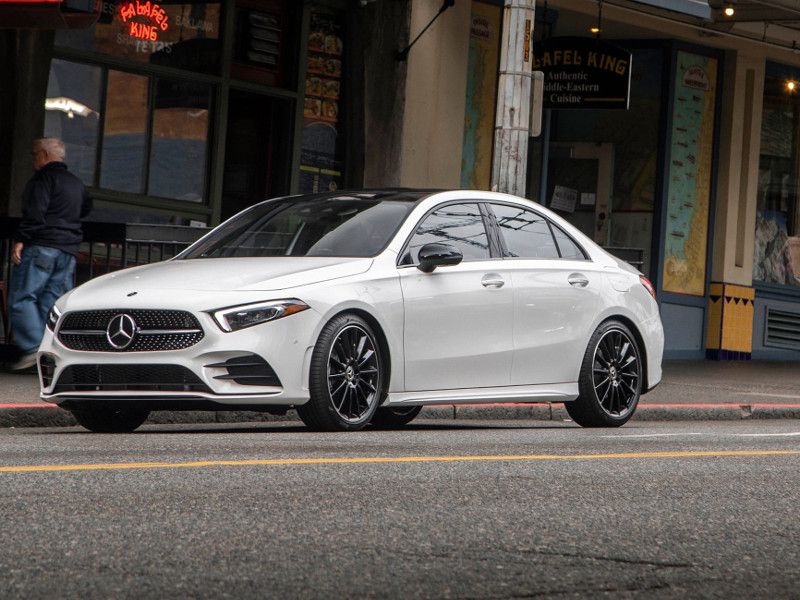
Photo by Mercedes-Benz
Active Steering Assist
Active Steering Assist is the technology that implements lane-keeping and curve-following for the Mercedes Distronic system. As mentioned, the technology uses radar and forward-looking cameras to detect lane markings and other features such as guardrails and keep the vehicle on course. In some cases, the Active Steering Assist system also uses the next vehicle ahead as an indicator of the lane. The driver can always take control of the steering wheel, however.
Part of Active Steering Assist is evasive steering control. If the driver initiates an emergency evasive maneuver such as swerving to avoid a road hazard or a pedestrian in the road and the Mercedes has detected the obstacle or person, the assisted steering system helps steer around the hazard and then helps stabilize the vehicle again afterward.
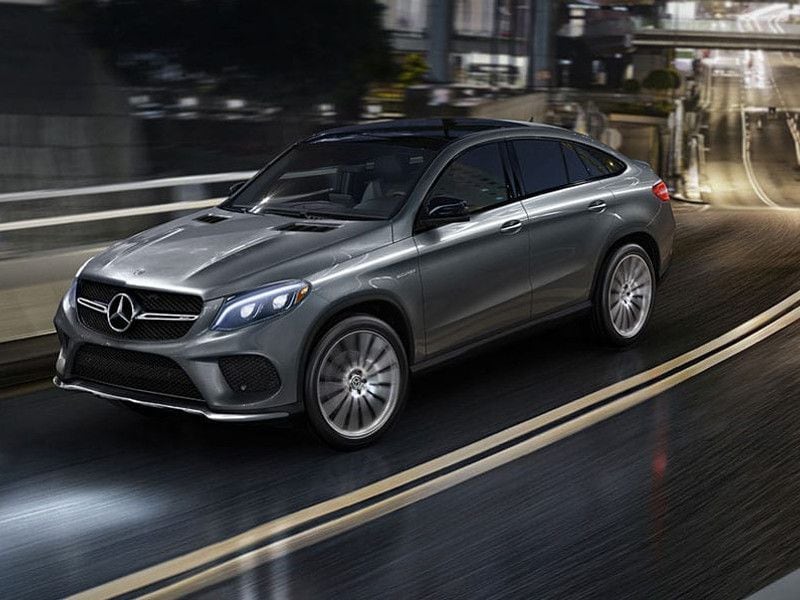
Photo by Mercedes-Benz
Active Brake Assist With Cross-Traffic Functionality
Driving in urban environments presents unique challenges. Even though speeds are lower, reduced visibility and increased unpredictable circumstances pose a threat to safe driving. In this environment, the radar and camera system scans the road ahead and to the sides of the Mercedes for approaching vehicles and pedestrians. The system also works to provide rear cross-traffic alerts when backing out of a parking space.
The system operates in two ways. If the driver responds to an approaching vehicle or person, the system helps modulate the brakes to stop smoothly in time to avoid or mitigate a collision. If the driver does not respond in time, the Mercedes will brake automatically.
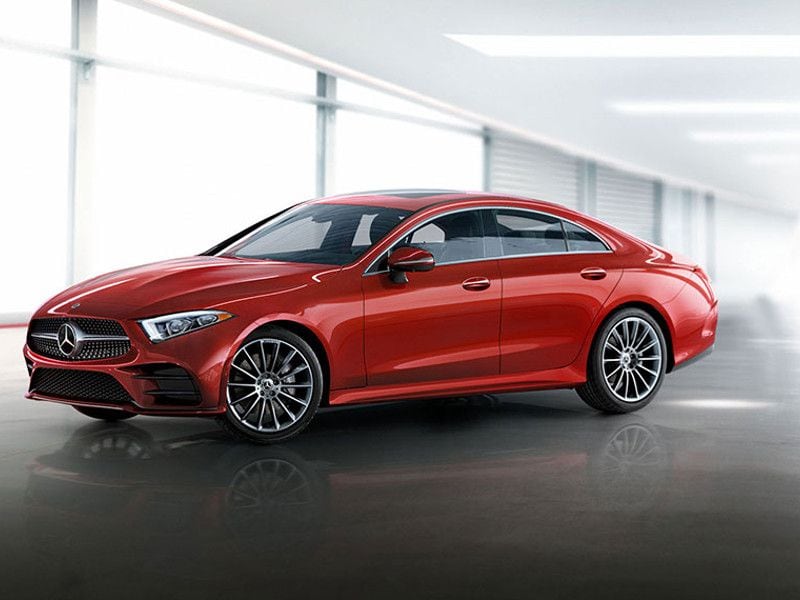
Photo by Mercedes-Benz
Active Blind-Spot Assist
Like many brands, Mercedes-Benz provides blind-spot monitoring. However, the Mercedes system is called Active Blind Spot Assist because it will actually intervene to stop a driver from colliding with or cutting off a vehicle in an adjacent lane.
When a vehicle is adjacent to the Mercedes, the system illuminates a warning on the side mirror. If the driver actuates the turn signal, the Mercedes plays a warning tone. If the driver ignores the warning and begins to merge into the other vehicle, the Active Steering Assist system resists and attempts to guide the Mercedes back to its lane. Meanwhile, if the adjacent lane is free, the Distronic system can execute a lane change automatically. If the driver activates the turn signal and leaves it on, the system will steer the Mercedes into the indicated lane.

Photo by Mercedes-Benz
Related Technology: Mitigating Rear-End Collisions with Pre-Safe Plus
Sometimes a rear-end collision can happen to you when your vehicle is stopped. Mercedes helps mitigate these collisions with the rear-facing radar sensor. The radar system monitors the space behind the vehicle to detect an impending collision.
When the system senses a collision is likely, the Mercedes prepares for the impact. The system pre-tensions the front seat belts and strongly applies the brakes to minimize the peak impact forces and help prevent the Mercedes from being pushed into other vehicles.
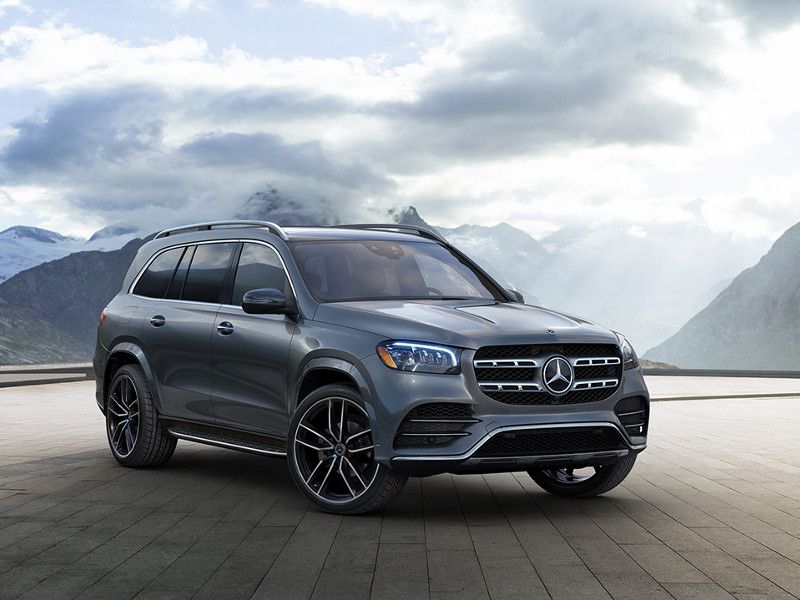
Photo by Mercedes-Benz
Active Parking Assist
Like many premium brands, Mercedes-Benz vehicles are capable of parking themselves. Mercedes' Active Parking Assist function uses cameras and radar to identify suitable parallel or perpendicular parking spaces on either side. The driver simply selects the parking function and drives at a slow pace. The system notifies the driver when a suitable space is detected.
When the driver agrees, the Mercedes will shift, steer, and brake to position the vehicle in the space. The Mercedes can also drive itself out of the same space.

Photo by Mercedes-Benz
Why Distronic Is Important
Mercedes-Benz has remained a leader in advanced driver assistance, and the company's research has shown that vehicles equipped with systems like Distronic and assisted steering are substantially less likely that unequipped vehicles to be involved in collisions. Most Mercedes vehicles can be used for family transportation, so safety is a top concern for the brand's customers.
Furthermore, Mercedes-Benz owners can qualify for discounts on auto insurance because of the advanced safety systems. Distronic also helps Mercedes owners stay within the law, reducing the chance of a traffic ticket.
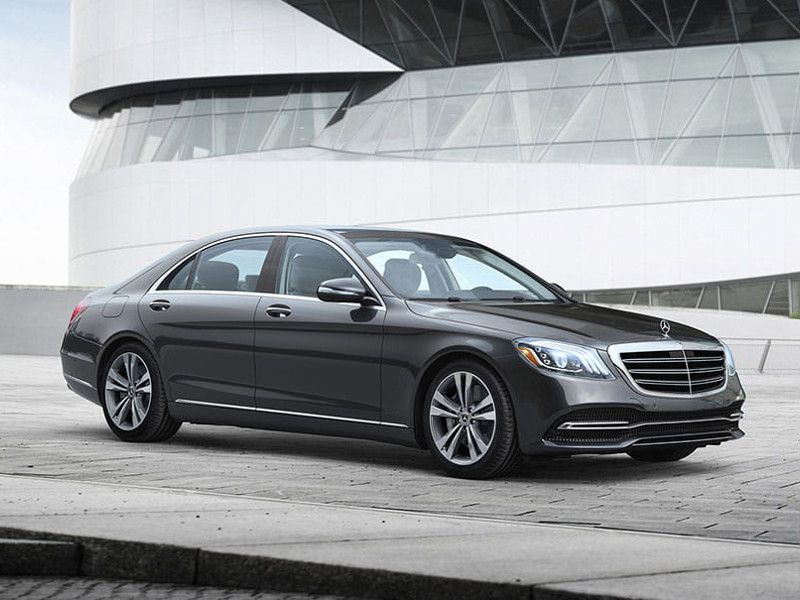
Photo by Mercedes-Benz